Today, some of the rarest animals in the world are threatened with extinction.
Poaching, habitat loss and climate change all contribute to the desecration of our world’s most precious animals.
Now more than ever, our animal companions need your help, they need a voice. You can be that voice by raising awareness on petition platforms such as Change.org or ipetition.com. Check out an example of a petition here: Save the lions of Uganda.
Another way you can help save some of the rarest animals in the world is to support organizations who dedicate their lives to the conservation of these animals. Organizations such as Sea Shepherd, World Wide Fund for Nature, International Union for Conservation and The Nature Conservancy are a good place to start.
What defines a rare animal?
Rarity rests on a specific species being represented by a small number of organisms worldwide, usually less than 10,000. A very narrow endemic range or fragmented habitat also influences the concept of rarity.
Table of Contents
What are the rarest animals in the world?
Vaquita (Phocoena sinus)
How many left: 10 – 18 (in the wild, non in captivity)
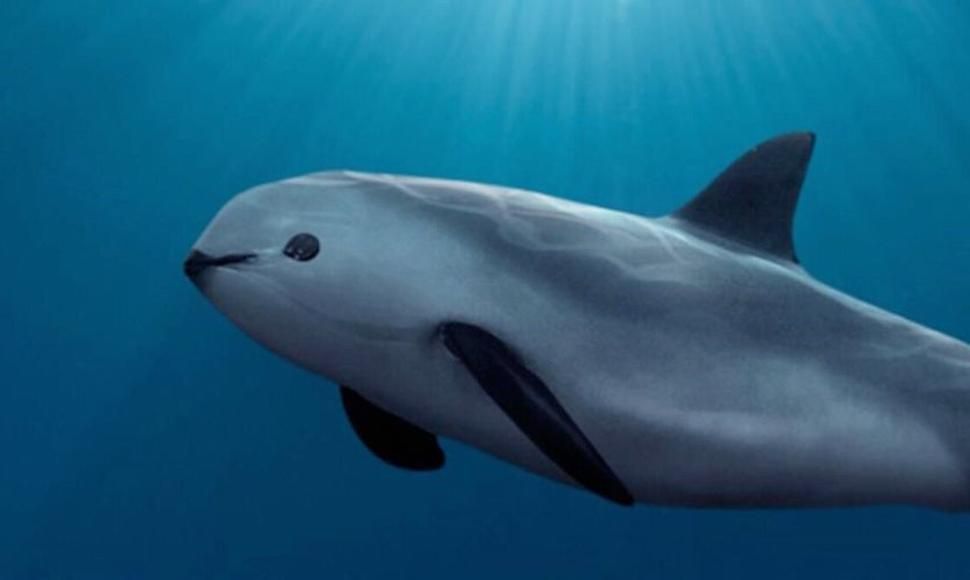

The vaquita is one of the rarest animals in the world and sadly also on the brink of extinction. They are a species of porpoise, the smallest of all cetaceans. The females average 150cm in length and the males 140cm.
Vaquitas tend to live in shallow, often muddy waters of less than 50m in depth. They are generally spotted swimming singly or in pairs, often with one of their young, but have also been observed swimming in groups of up to 10.
This majestic species is on the verge of extinction largely due to China’s demand for the swim bladders or ‘maws’ from a giant Mexican fish, called the totoaba. Gillnets used to capture the totoaba are entrapping and drowning the vaquita.
In fact, the use of gillnets for illegal totoaba fishing is jeopardizing the whole marine ecosystem of the upper Gulf of California.
Organizations like Sea Shepherd fight tirelessly to protect this species, which is on the verge of extinction.
Vaquita information:
- Generation Length: 10 Years
- Movement Patterns: Not a migrant
- Geographical Range: Mexico (Sonora, Baja California)
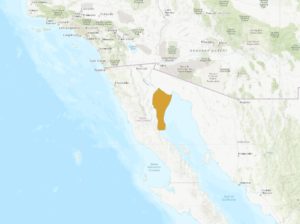
Threats:
- Gillnet bycatch from the illegal totoaba fishery.
- Domestic & urban waste water.
- Industrial & military effluents.
- Agricultural & forestry effluents
Wild Bactrian Camel (Camelus ferus)
How many left: 950 – 1400 (in the wild)
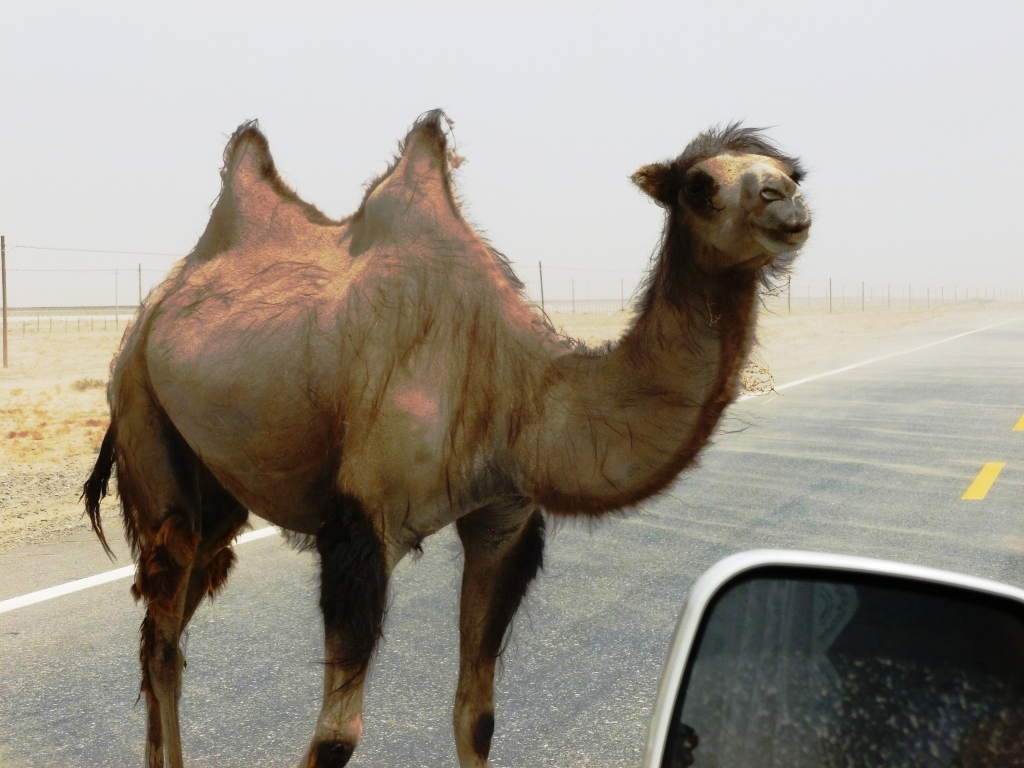

Bactrian camels are a large camel species, they average 2m in height and weigh between 660 – 1520 pounds (300 – 690kg).
These camels are perfectly adapted to desert life. They have two rows of eyelashes that block any sand from being blown into their eyes. Their ears and are also lined with lots of hair and their nostrils can close to keep any unwanted sand from entering.
Bactrian camels are able to withstand high ambient temperatures despite having minimal sweat glands. Instead, they’re able to tolerate an internal temperature increase of 6 degrees Celsius before perspiring, which prevents any water loss.
These magnificent creature’s biggest threat takes the form of illegal hunters looking for their meat. Approximately 25 to 30 camels are poached every year. Hunters kill these animals in cruel ways, by hiding land mines in the saltwater springs where these animals come to drink.
Bactrian Camel information:
- Generation Length: 30 – 50 Years
- Movement Patterns: Migratory
- Geographical Range: China (Xinjiang); Mongolia
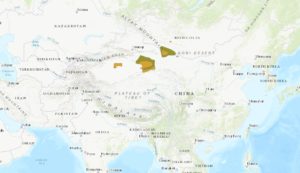
Threats:
- Commercial & industrial areas
- Livestock farming & ranching
- Hunting & trapping terrestrial animals
- Mining & quarrying
Gobi Bear (Ursus arctos gobiensis)
How many left: 22 (in the wild, non in captivity)
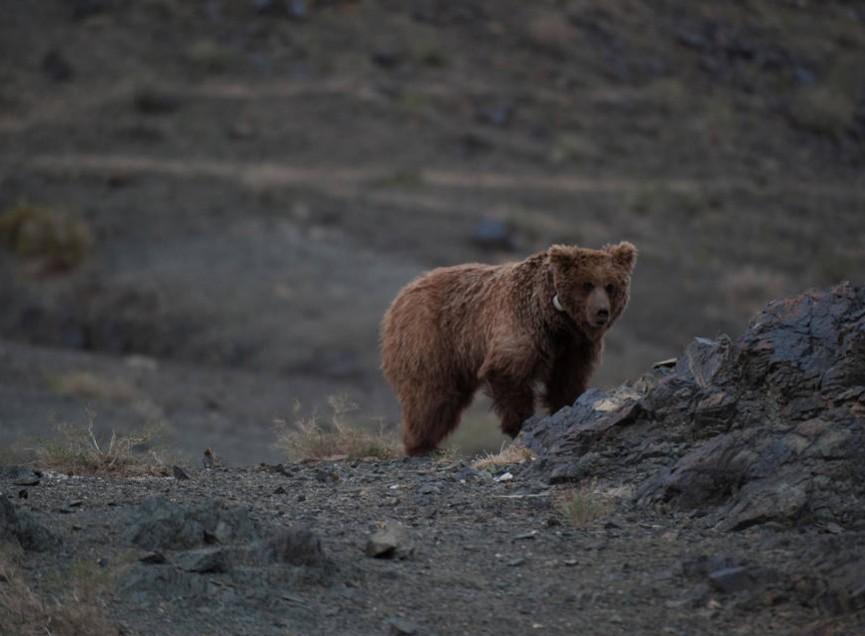

The Gobi bear is undoubtedly one of the rarest animals in the world.
Gobi bears (or mazaalai, as they’re called in Mongolian) are a relatively small subspecies of the brown bear. Their length is between 147 and 167 cm and they weigh between 50 and 120 kg. Their claws, unlike most brown bears, are unusually blunt. This is likely due to their choice of diet.
Gobi bears feed predominantly on Wild rhubarb rhizomes, nitre bush berries, wild onion, grasses, and other green plants found in and around oases. Only 1% of their diet consists of meat, which is mainly rodents or carrion.
Extraordinarily little information is available on their behavior. What we do know is that the Gobi bear is diurnal (meaning they’re active during the day). Mothers give birth to one cub around every two years, which she raises in her winter den.
Since 2005, the Gobi Bear Project has been engaged in a range of activities to promote the survival of this incredibly rare animal species.
Gobi Bear information:
- Generation Length: 20 – 25 Years
- Movement Patterns: Not a migrant
- Geographical Range: Great Gobi region of Mongolia
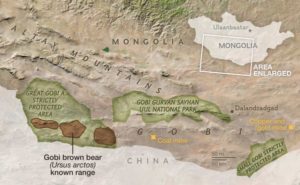
Threats:
- Climate change (Drought and the continuing disappearance of water sources)
- Disease due to inbreeding
- Mining & quarrying
Javan Rhinoceros (Rhinoceros sondaicus)
How many left: 46 – 66 (in the wild, none in captivity)
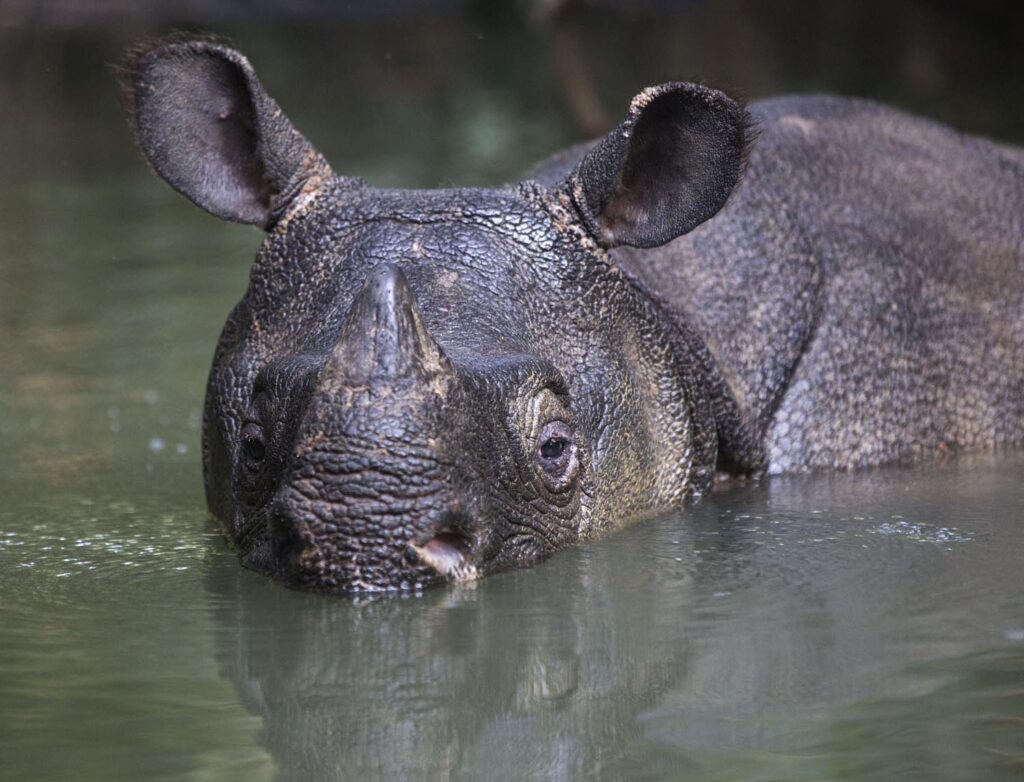

The Javan Rhino is one of the rarest large mammals in the world. Currently there are none in captivity.
The Javan Rhino has a dusky greyish color and can reach up to 4m in length and 1.7m in height, weighing around 2300kg. They are closely related to the greater one-horned rhino, and only slightly smaller. One horn protrudes about 25 cm from their snout.
The Javan rhino historically roamed great distances stretching from north-eastern India through Myanmar, Thailand, Cambodia, Laos, Vietnam, and the Indonesian islands of Sumatra and Java.
Over the past 150 years the population has diminished dramatically. In 2010 the last surviving Javan Rhino in Cat Tien National Park, Vietnam was shot dead and its horn removed. The species was declared extinct in Vietnam the following year.
Today, only one population survives in a single national park in the Ujung Kulon peninsula on the Indonesian island of Java.
To give the species a better chance of survival, local authorities are now considering creating a second population of Javan Rhinoceros.
Javan Rhinoceros information:
- Generation Length: 30 – 40 Years (Estimated)
- Movement Patterns: Not a migrant
- Geographical Range: Indonesia
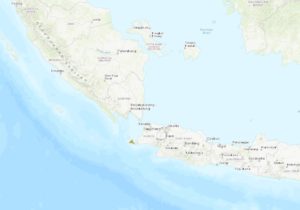
Threats:
- Hunting & trapping terrestrial animals
- Logging & wood harvesting
- Annual & perennial non-timber crops
Kakapo (Strigops habroptila)
How many left: 116 – 213 (in the wild)
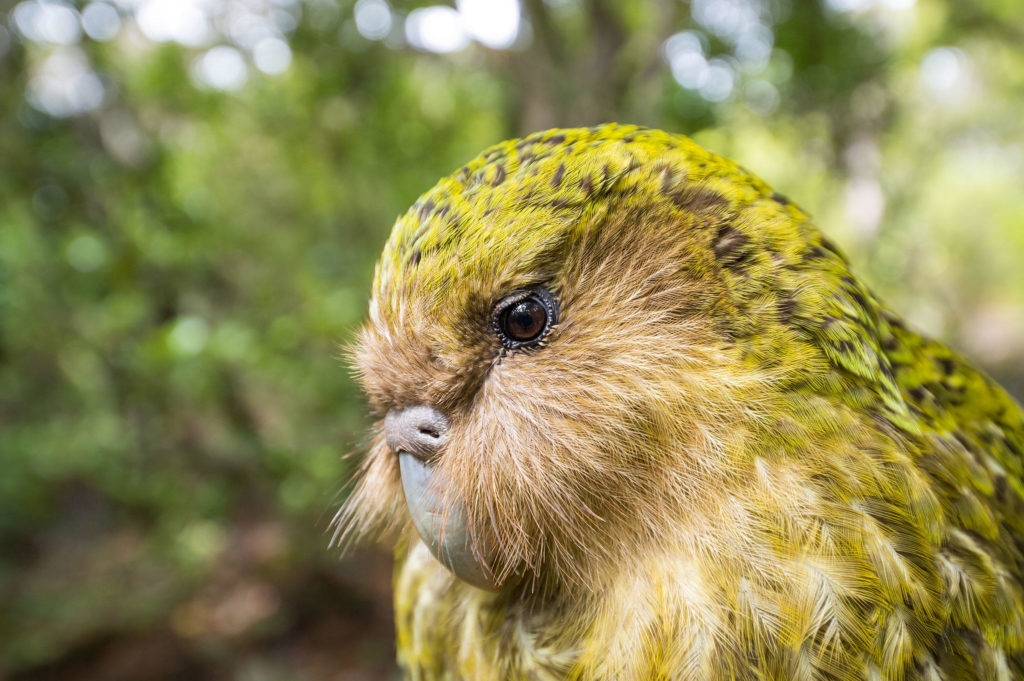

The kakapo (also called owl parrot), is a fat, flightless, nocturnal, ground-dwelling parrot endemic to New Zealand.
Interestingly, the kakapo is the world’s only flightless parrot who is known to live over 90 years long. They have extremely soft green feathers and are very friendly. The Maori and early European settlers were known to keep kakapo as pets.
George Edward Grey, the English ornithologist who first studied the kakapo in 1845, once wrote that his pet kakapo’s behavior towards him and his friends was “more like that of a dog than a bird.”
Maori settlers and later European settlers cleared out large areas of kakapo habitat. They brought with them rats, cats and stoats, which preyed on the kakapo. Slowly the kakapo started dying out, reaching the brink of extinction. Thankfully, in the 1980s the New Zealand government stepped up and initiated a kakapo recovery plan.
The remaining kakapos were rounded up and relocated to predator-free islands. Feeding stations were strategically planted around the islands to assist the parrots in their new environment. Since this initiative, kakapo numbers have been on the rise.
Kakapo information:
- Generation Length: 90+ Years
- Movement Patterns: Not a migrant
- Geographical Range: New Zealand
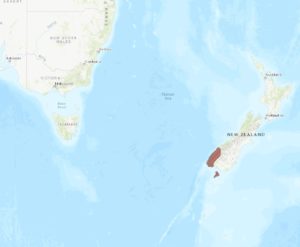
Threats:
- Invasive non-native/alien species/diseases
Amur Leopard (Panthera pardus orientalis)
How many left: 84 (in the wild)
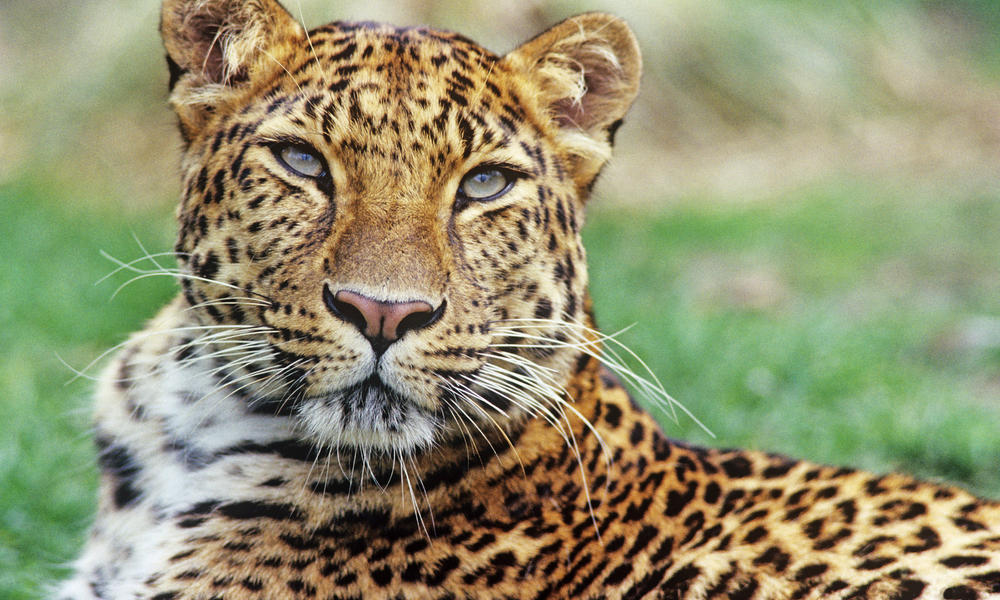

The Amur leopard is one the rarest animals in the world.
The amur leopard is admirably adapted to cold climates. In winter, their fur grows up to 7.5cm long.
Their coat is more pale than other leopard species, which is perfect camouflage for snowy conditions.
Males weigh up to 70 – 105 pounds (32 – 48 kg) but have been known to weigh up to 165 pounds (75kg). Females tend to weigh between 55 – 94 pounds (25 – 43 kg).
Amur leopards’ prey on a wide variety of animals such as roe deer, badgers, sika deer and hares. They need large hunting territories as to avoid competition with other leopards.
They have a stealth and ambush hunting style. Once they lock onto their target, they can exert immense amounts of energy, sometimes reaching speeds of up to 35 miles per hour (56km/h).
The biggest threat for Amur leopards is poaching. Leopards are most often killed by local Russian villagers. Most of these villagers are hunting illegally and hold no licenses for hunting nor for any of their firearms.
There are rumors that Chinese traders buy leopard skins at the Russian/Chinese border. However, no leopard skins have ever been confiscated at the borders to China.
Amur Leopard information:
- Generation Length: 10 – 15 Years
- Movement Patterns: Migrant
- Geographical Range: Russia, China, North Korea and South Korea

Threats:
- Poaching
- Forest degradation
- Development projects
- Inbreeding
Red wolf (Canis rufus)
How many left: 20 – 30 (in the wild)
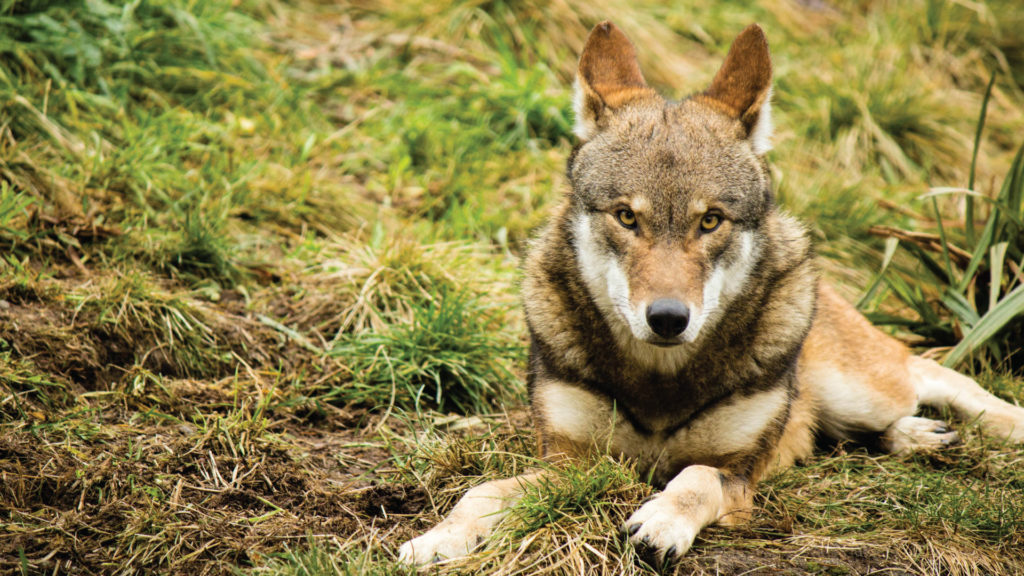

The red wolf is the world’s most rare and endangered member of the dog family. They grow to about 1.2m in length, weighing in at 45 – 80 pounds (20 – 36 kg).
Red wolves have a fair reddish coat, pretty much a mix between the coyote and the grey wolf. This comes as no surprise as these two species of dog interbred in the past to produce none other than the red wolf. Nevertheless, recent research suggests red wolf remain a unique species.
Like the majority of wolves, these rare animals form tightly bound packs and are highly sociable. Red wolves mate for life and these pairs usually mate about once a year.
Again, like all wolves these animals are carnivores, and like to hunt and eat white-tailed deer, racoons and smaller mammals like mice and rabbits.
It’s important that the red wolf population is carefully controlled as they are an “umbrella species,” which means they increase the natural health of the areas they live in.
Red Wolf information:
- Generation Length: 6 – 7 Years
- Movement Patterns: Migrant
- Geographical Range: United States (North Carolina)
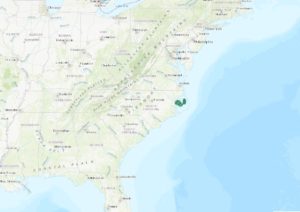
Threats:
- Hunting & trapping terrestrial animals
- Roads & railroads
Malabar Civet (Viverra civettina)
How many left: 249 (in the wild)
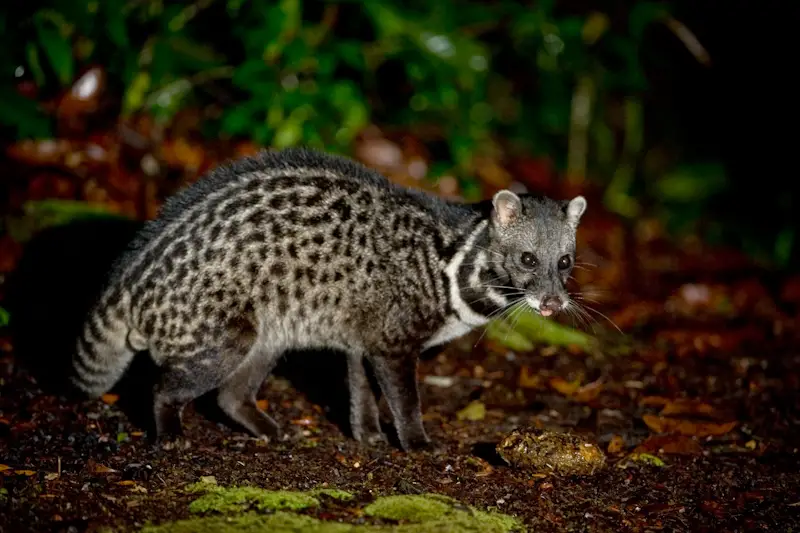

The Malabar Civet is one of Western Ghats’ rarest animals. Hunting and habitat loss has pushed this small dog-like carnivore to the brink of extinction.
The animal has a length of up to 4 foot (1.25m) and weighs in at 19 pounds (8.9kg).
In 1978 the Malabar Civet was declared possibly extinct. 9 years later, it was rediscovered. However, no photo had been taken of the Malabar civet for over a decade.
Today, most of the animal’s natural habitat has been exploited. As such, the species seems to be largely confined to dense cashew nut plantations and highly degraded lowland forests.
There is not much known about the ecology of the animal. Word amongst the locals is that the species is nocturnal, foraging in the valleys by night and retreating to the cashew plantations during the day.
It is quite likely that they eat small animals, birds’ eggs, and some vegetable matter.
Malabar Civet information:
- Generation Length: 6 Years
- Movement Patterns: Not a migrant
- Geographical Range: India
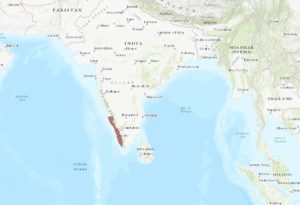
Threats:
- Hunting & trapping terrestrial animals
- Gathering terrestrial plants
- Annual & perennial non-timber crops
- Wood & pulp plantations
Philippine Eagle (Pithecophaga jefferyi)
How many left: 400
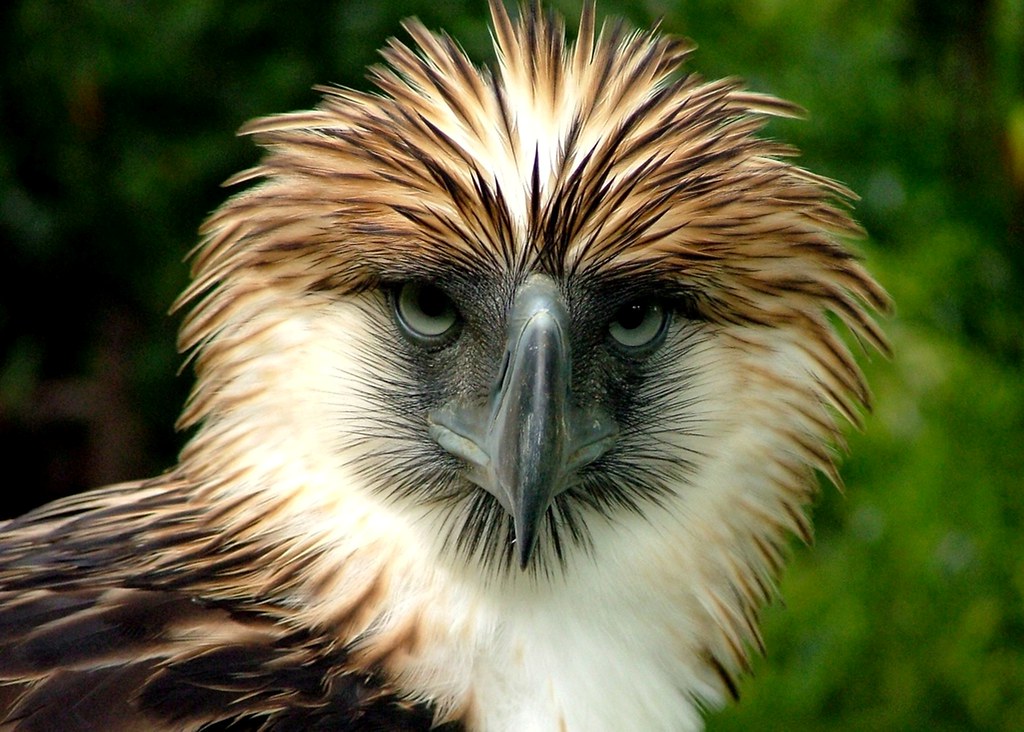

The philippine eagle certainly make our list of rarest animals in the world.
Since the beginning of the 20th century, the Philippines have lost almost 75 percent of their entire forest system.
Due to hunting and illegal deforestation (of giant tropical hardwood trees), one of the largest and strongest eagle species known to man, the Philippine eagle, is under severe threat of extinction.
The Philippine eagle has an average wingspan of 6.5 feet (1.9m) and weighs in at 10 – 18 pounds (4.5 – 8 kg). These rare animals are excellent fliers, riding thermals (rising currents of hot air) while searching for food. They are also extremely well adept at staying hidden, making it hard for scientists to study them.
Philippine Eagle information:
- Generation Length: 18 – 19 Years
- Movement Patterns: Not a migrant
- Geographical Range: Philippines
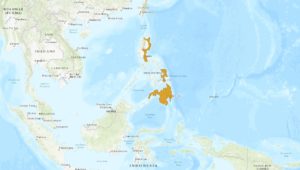
Threats:
- Hunting & trapping terrestrial animals
- Logging & wood harvesting
- Climate change
- Mining & quarrying
Tonkin snub-nosed monkey (Rhinopithecus avunculus)
How many are left: 140 – 200
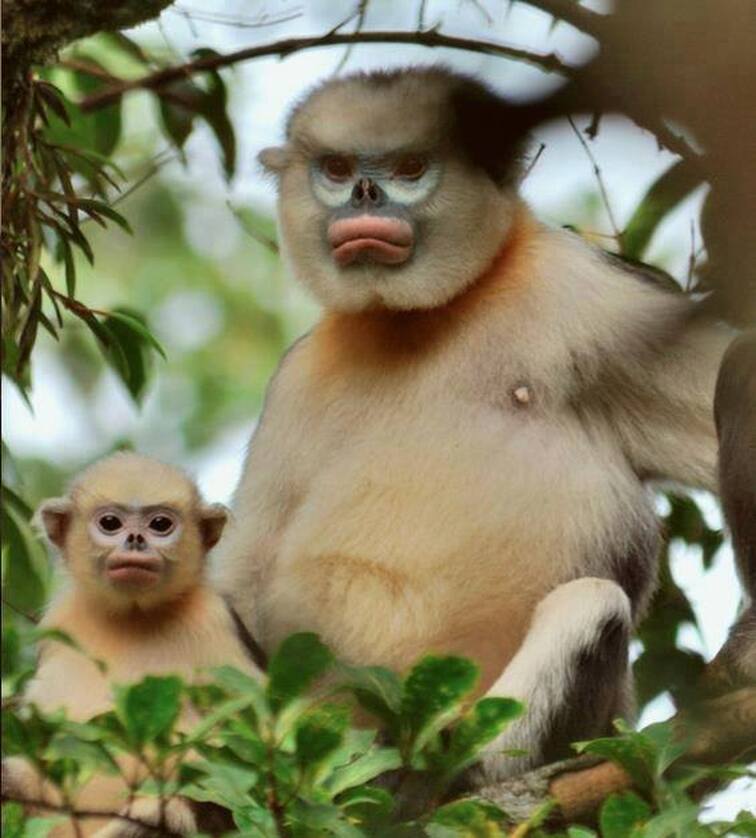

One of the rarest animals in the world and certainly one of the world’s rarest primates is threatened by extinction, thanks to the usual suspects, illegal hunting, and habitat loss.
The monkey is found at altitudes of 700 to 3,900 ft (200 to 1,200 m). From head to tail the Tonkin snub-nosed monkey measures 26 to 36 in (66 to 92 cm) with the female weighing 18 pounds (8 kg) and the male weighing in at 31 pounds (14kg).
These monkeys feed primarily on a range of leaves, fruits, flowers, and seeds. Quite the vegetarians.
In 2002, the species was thought to be practically extinct with numbers as low as 50 – 60 individuals. Thankfully FFI and partners got involved to safeguard one of the last remaining populations of the Tonkin snub-nosed monkey. Since then, numbers have stabilized and steadily risen.
Tonkin snub-nosed monkey information:
- Generation Length: 20 Years
- Movement Patterns: Not a migrant
- Geographical Range: Ha Giang province, Viet Nam
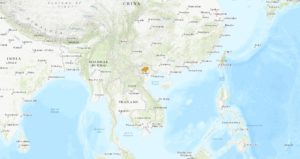
Threats:
- Hunting & trapping terrestrial animals
- Logging & wood harvesting
- Housing & urban areas
- Dams & water management/use
- Utility & service lines
Anegada Rock Iguana (Cyclura pinguis)
How many are left: 340-440


One of the rarest and most critically endangered lizards in the world, this species can be found exclusively on the islands of Anegada and Guana.
The Anegada rock iguana has a total body length of close to 22 in (560 mm).
Like all Cyclura species the Anegada rock iguana is primarily herbivorous. Consuming mainly leaves, flowers and fruits from various different plant species.
However, due to competition with grazing livestock, these iguanas have been seen eating left over vegetation rejected by these domestic animals.
Anegada Rock Iguana information:
- Generation Length: 22 Years
- Movement Patterns: Not a migrant
- Geographical Range: Virgin Islands, British

Threats:
- Housing & urban areas
- Tourism & recreation areas
- Logging & wood harvesting
- Storms & flooding
- Mining & quarrying
- Predation by feral domestic cats and dogs
We will update our rarest animals in the world list every year. If you have any insight you would like to share with us, please feel free to share your voice in the comments section below.

Donella Pedraza
Wednesday 30th of September 2020
Amazing site
Kyle
Monday 5th of October 2020
Thanks Donella :)
James
Monday 18th of May 2020
Absolutely awesome article and very, informative indeed. Extremely well written...... well done....
Kyle
Tuesday 19th of May 2020
Thank you kindly James, lots of effort and research goes into our work.